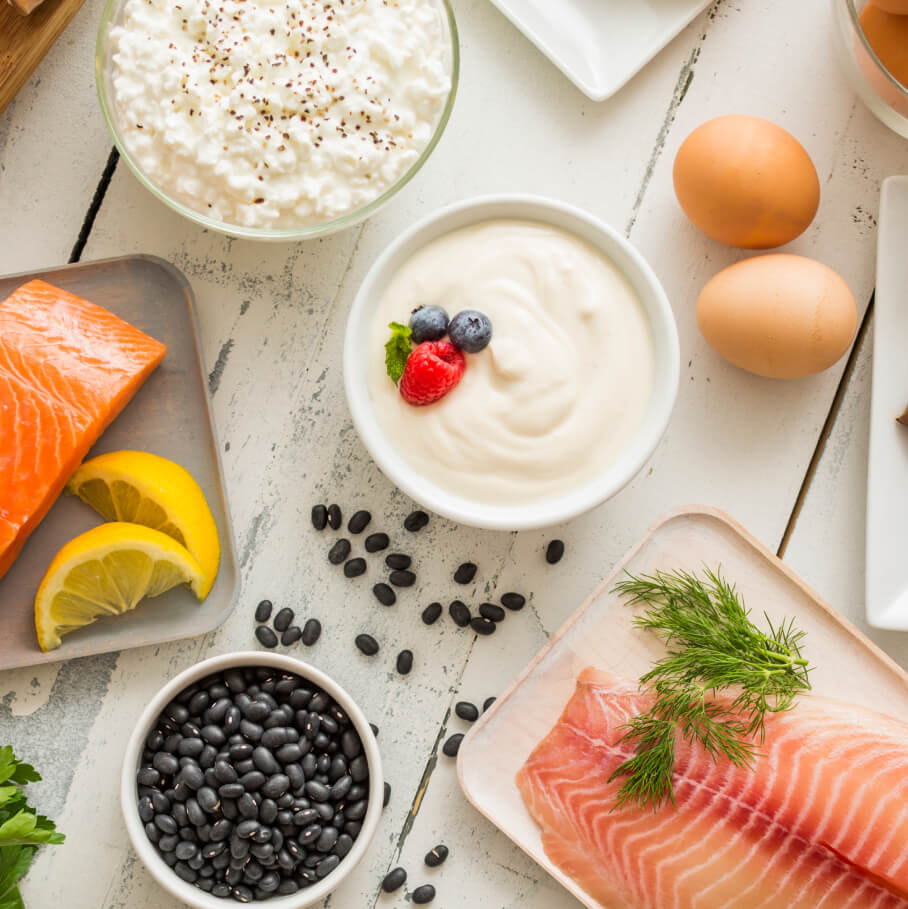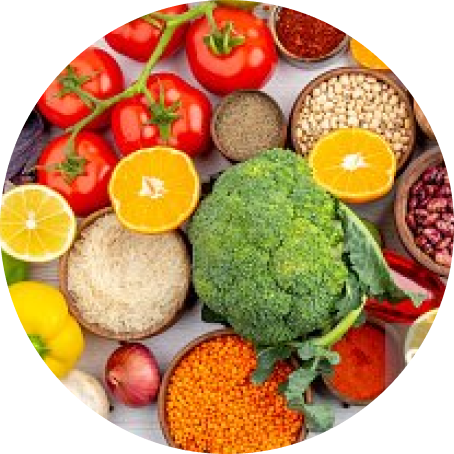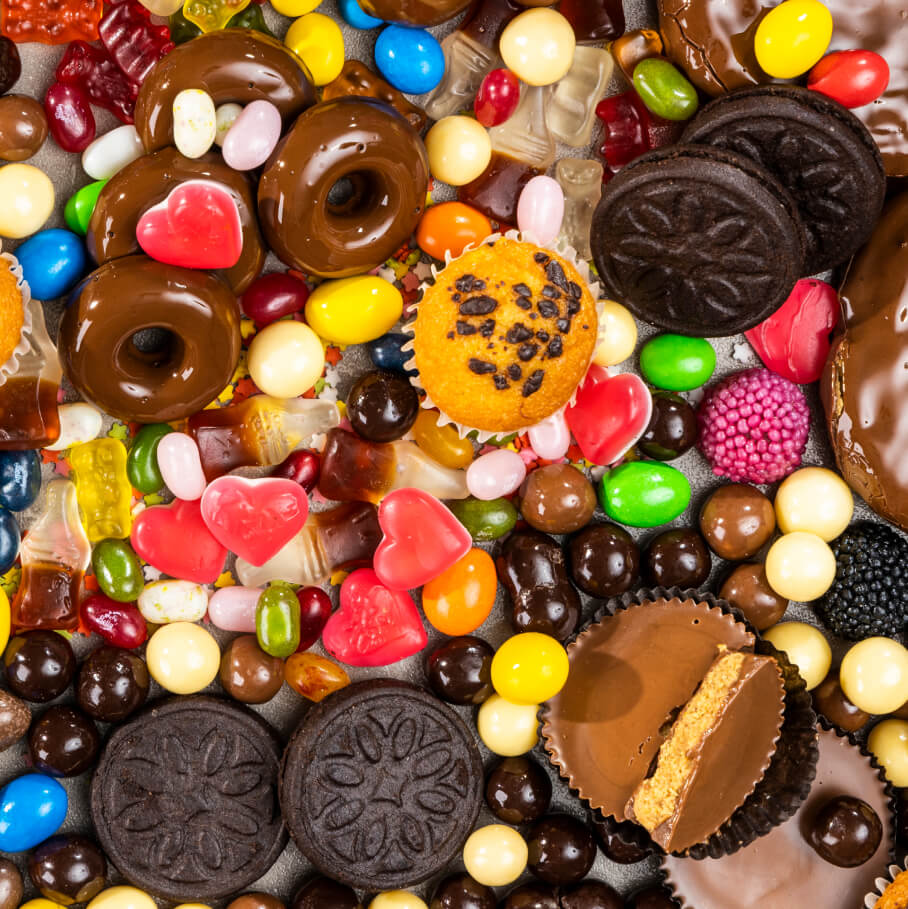The NDSS is administered by Diabetes Australia
- /
- Kids corner
Welcome to the

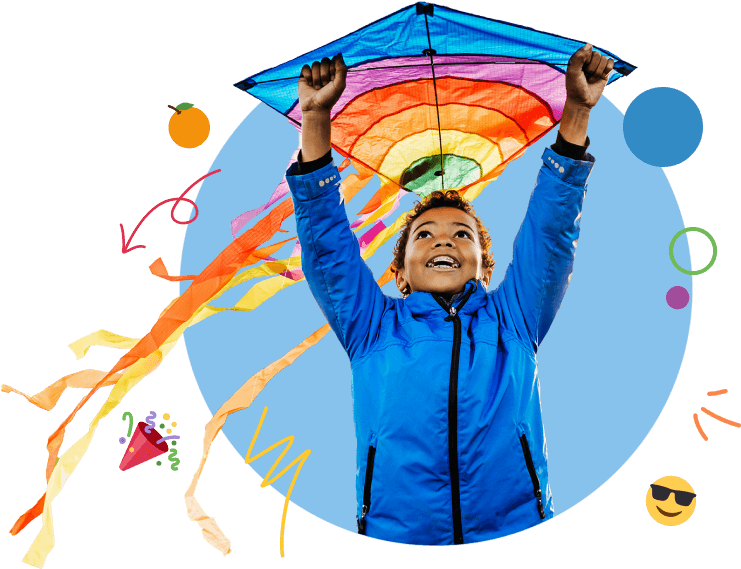
Type 1 diabetes is when your body no longer makes a special thing called insulin. Insulin is like a key that helps your body use glucose for energy. Without insulin, glucose builds up in your blood. This is why you now have to take insulin.



Insulin is like a superhero for your body. It helps move glucose from the food you have eaten from your blood into your cells. This gives your body the energy it needs to do all sorts of things!

We know finger pricks and needles can hurt, but they are really important. You need needles to give insulin and finger pricks to check your blood glucose levels. This can be a little scary, but there are ways to make it easier. You can count to three, take deep breaths, wiggle your toes, or think of a happy place.
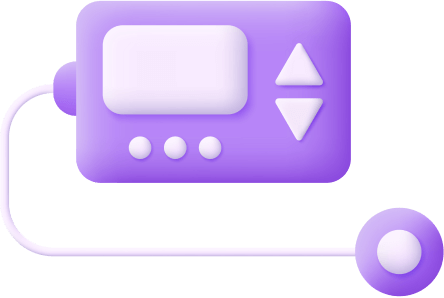
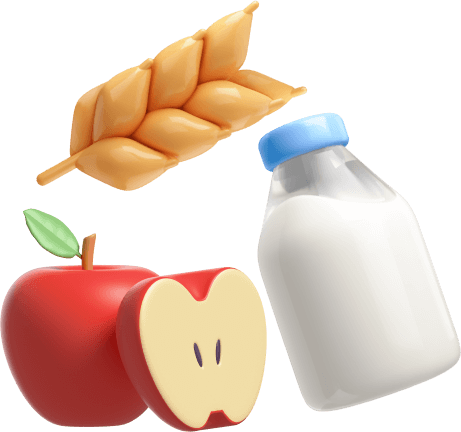
Did you know fruit, milk, yogurt, bread and cereal are superheroes too? They give you energy to do the fun things you enjoy.

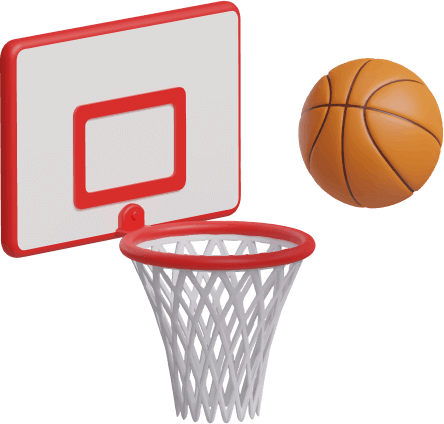
Staying active helps you to stay healthy. It helps your body use insulin better too. There are some so many fun ways to stay active, from football, dancing, to swimming and playing tag!
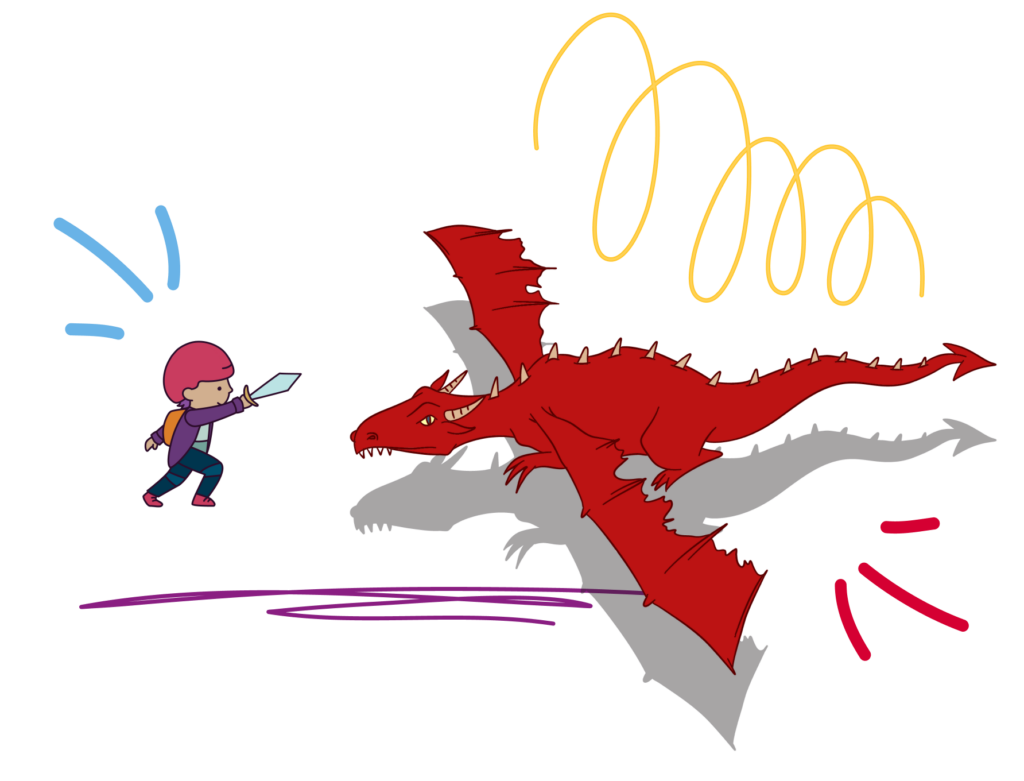
Join Warrior Sam to battle dragons and learn how to care for your diabetes in this fun fantasy online game.
Start the adventure with Warrior Sam here.
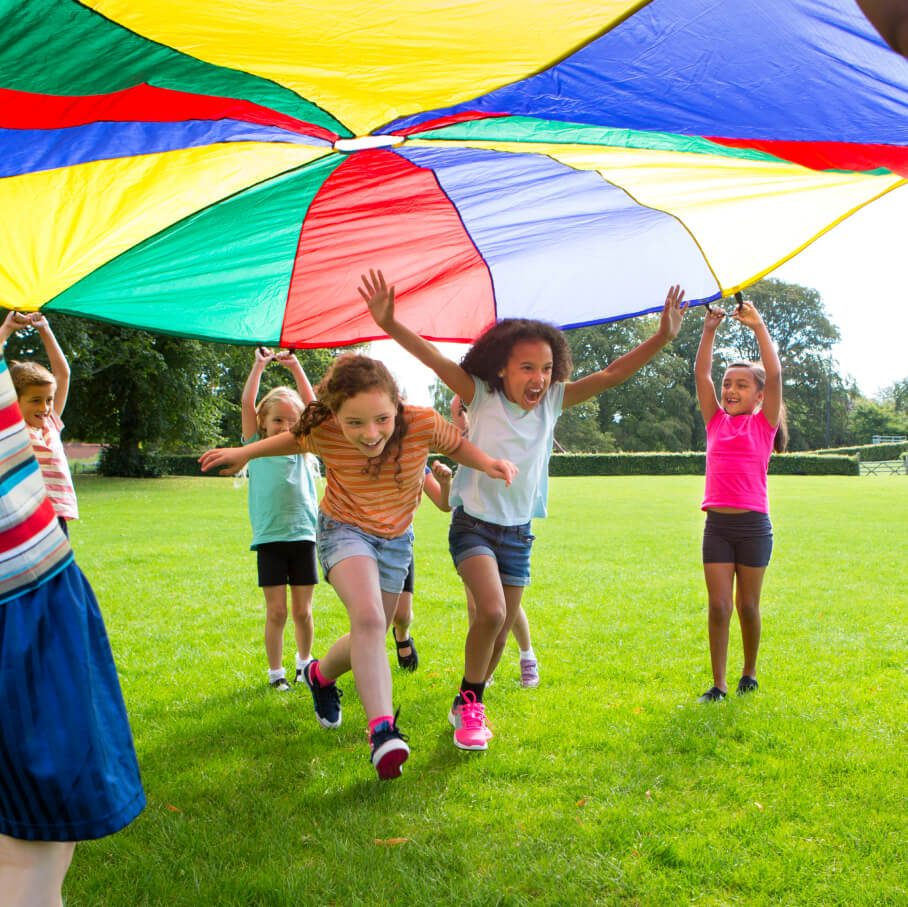
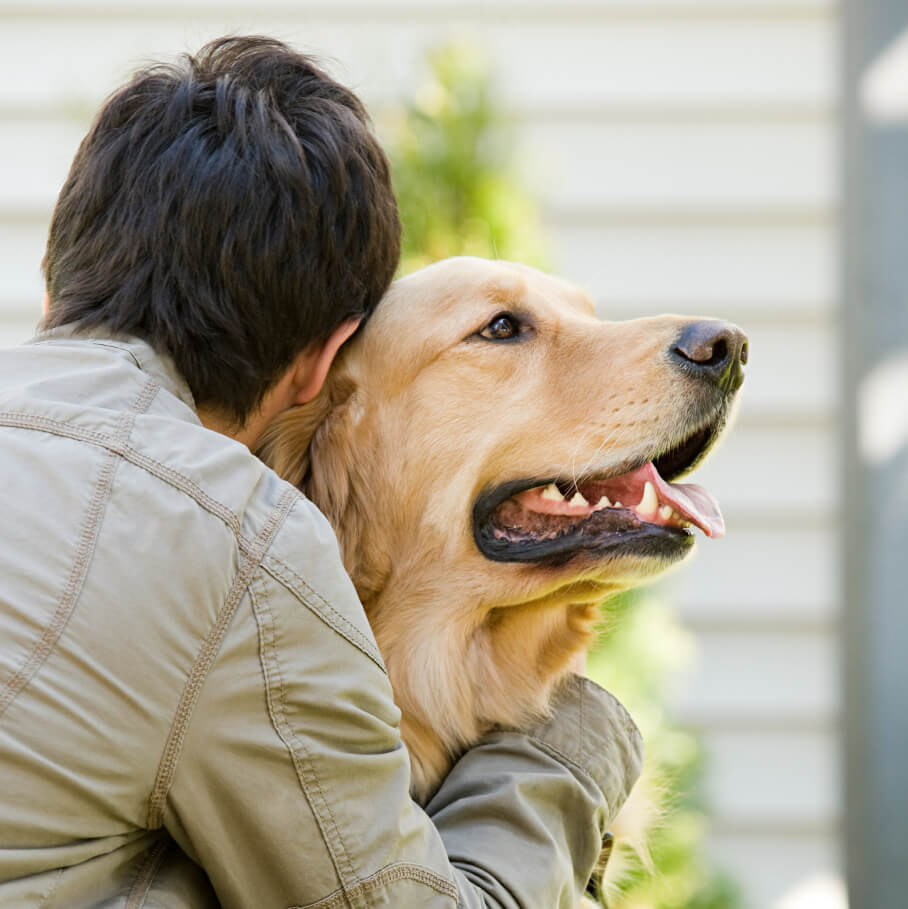
Did you know animals can have diabetes too, like dogs, cats, and even birds. Scientists are working hard to help us understand and find better ways to look after diabetes for people and pets.

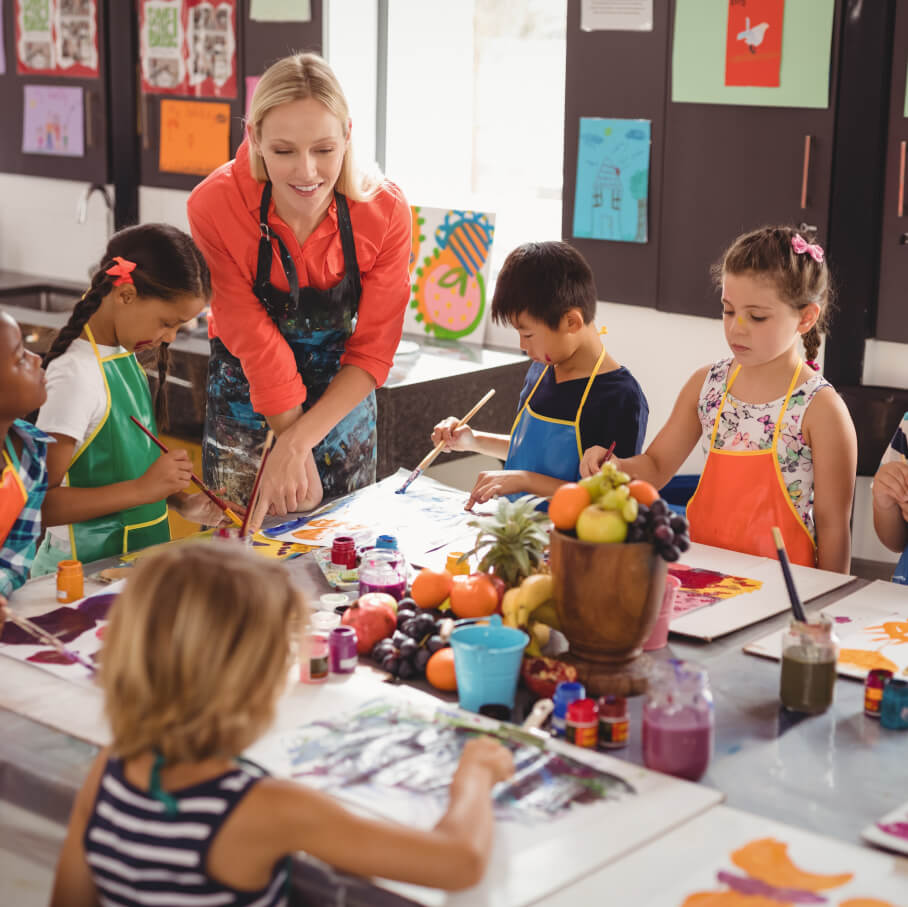
Drawing, writing, or playing music can be a fun way to express your feelings about diabetes. Draw a picture, make a comic strip, write a story, or sing a song about your diabetes adventures!
It is your story to tell about what diabetes feels like to you.
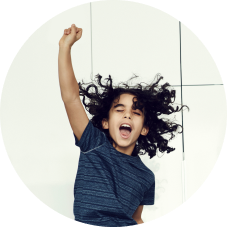
Just like superheroes need rest after saving the world, your body needs sleep to recharge and grow. Sleep makes it better to deal with challenges and tough days. Make sure you get plenty of sleep!
Sometimes, your blood glucose level can drop too low. This is called hypoglycaemia, or hypo for short. You need to eat or drink fast-acting carbohydrates (or carbs for short) straight away to treat a hypo. This will help your blood glucose levels.
If your blood glucose level gets too high, this is called hyperglycaemia, and you will need to take action! Drink extra water. Talk to your parents to check if you need extra insulin to help bring your blood glucose levels down or if it is best to call your doctor for advice.
School can be a big adventure! Let your teacher and friends know about your diabetes so they can support you. Remember, asking for help is okay, and diabetes will not stop you from achieving your best.
Yes, you can still have fun at parties and special occasions! Just remember to check your blood glucose level and check with your parents about insulin. It is all about balance.
Having diabetes can be tough, but remember, you are tougher! Practice thinking positive thoughts and give yourself a pat on the back for all your hard work.
Even on hard days, try to think of one good thing that happened. Did you laugh with a friend? Did your pet do something funny? It is a great way to keep a positive attitude.
Remember, you are not alone on this journey. There are many other kids with diabetes and lots of adults who want to help. Reach out to them and share your story.
This information is intended as a guide only. It should not replace individual medical advice. If you have any concerns about your health, or further questions, you should contact your health professional.
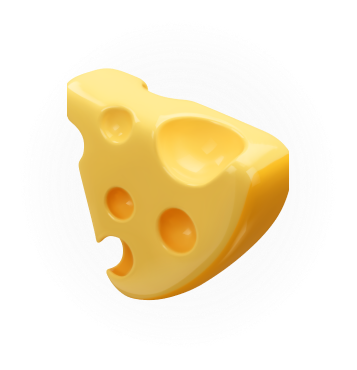
a. 3
b. 5
c. 6
d. 4

b. 5 food groups
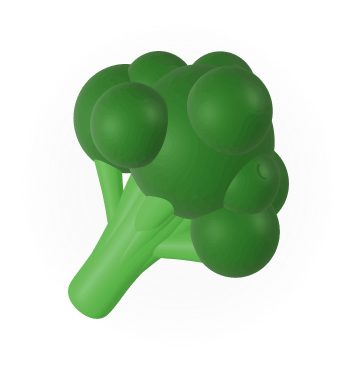
a. Carrots
b. Cheese
c. Chicken
d. Bread

a. Carrots
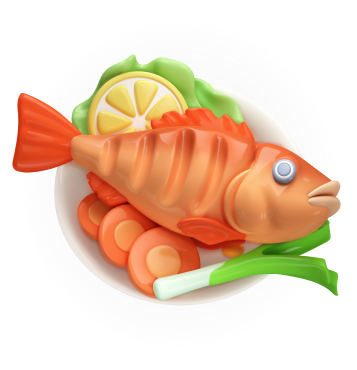
a. One-quarter (1/4)
b. One-half (1/2)
c. Three-quarters (3/4)
d. The whole plate

b. One-half (1/2)
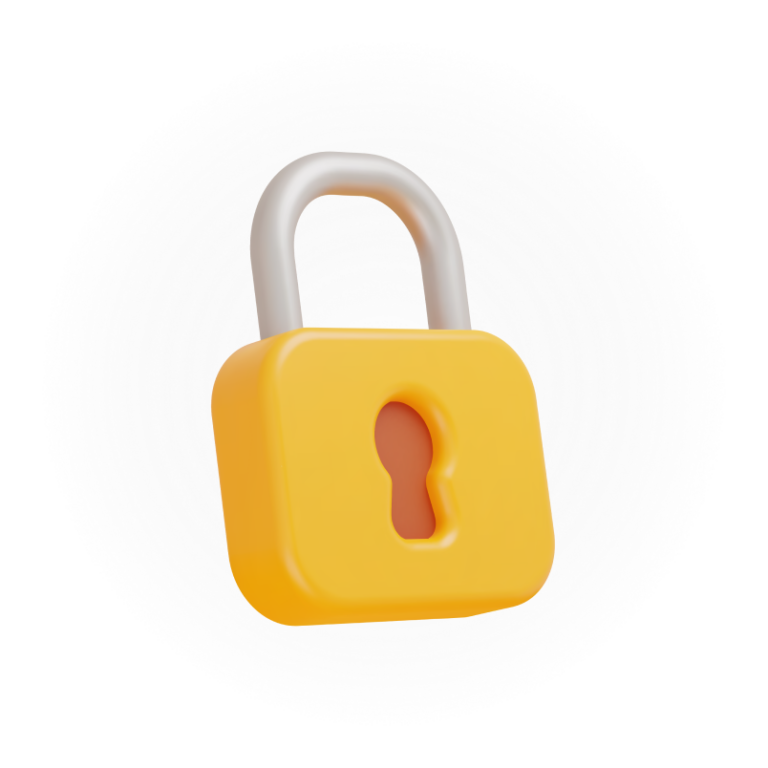
a. Protein
b. Carbohydrates (carbs)
c. Fat
d. Vitamins

b. Carbohydrates (carbs)
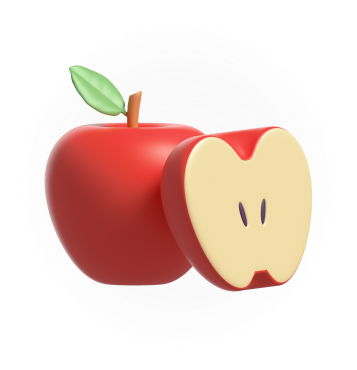
a. 1-2
b. 3
c. 5-7
d. 0

a. 1-2
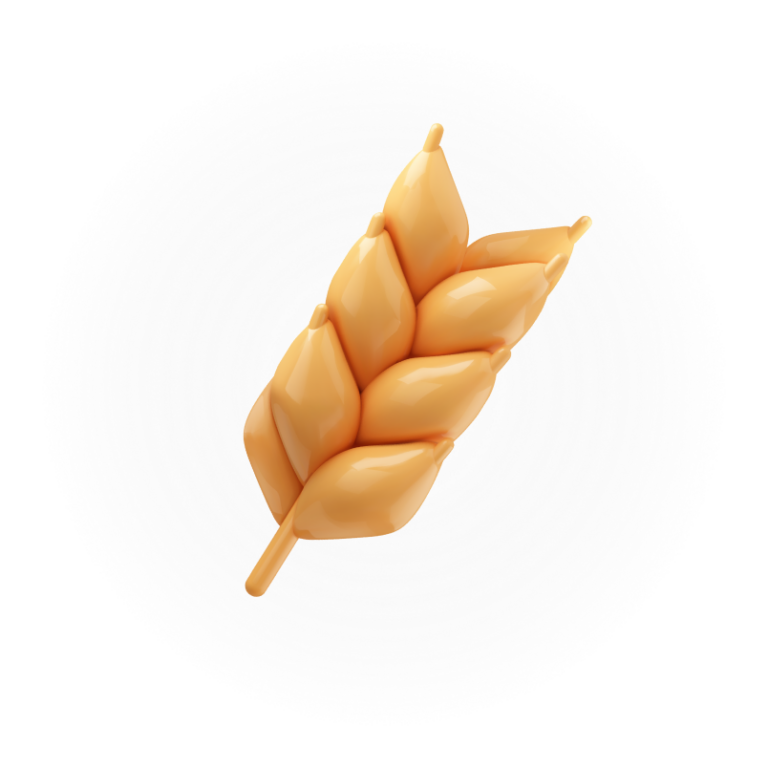
a. Refined grains
b. Whole grains
c. Sugary grains
d. Instant grains

b. Whole grains
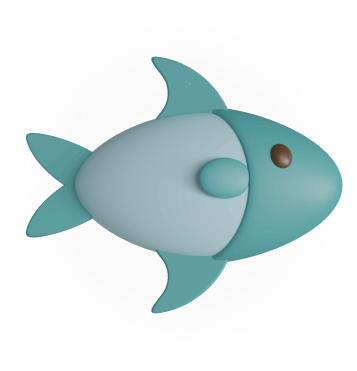
a. Fish
b. Chocolate
c. Ice cream
d. Soft drinks

a. Fish
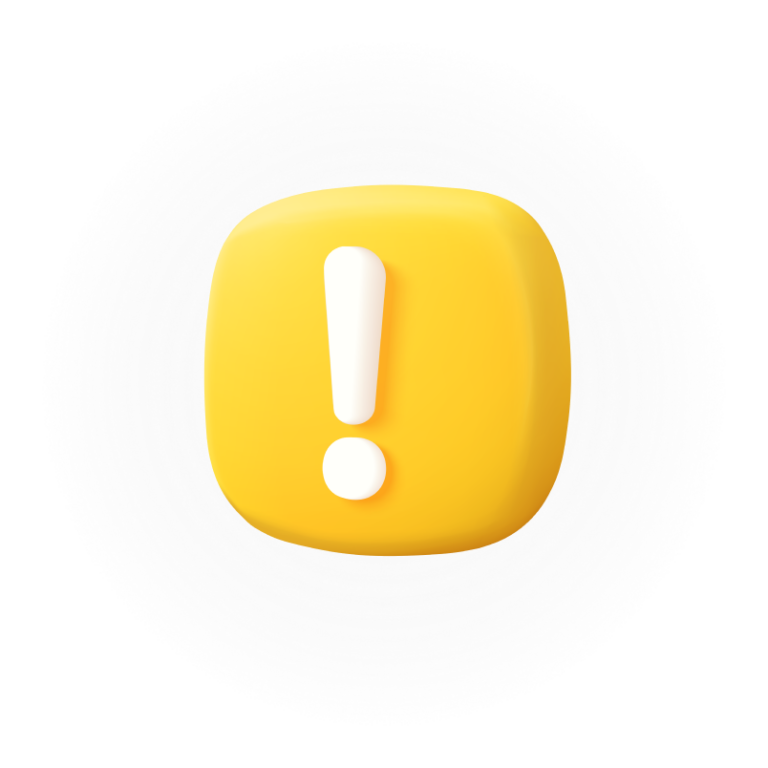
a. Protein and vitamins
b. Sugar, salt, and saturated fat
c. Fibre
d. Calcium

b. Sugar, salt, and saturated fat

a. A piece of whole-grain toast with avocado
b. Apple slices with peanut butter
c. A packet of lollies
d. Carrot sticks with hummus
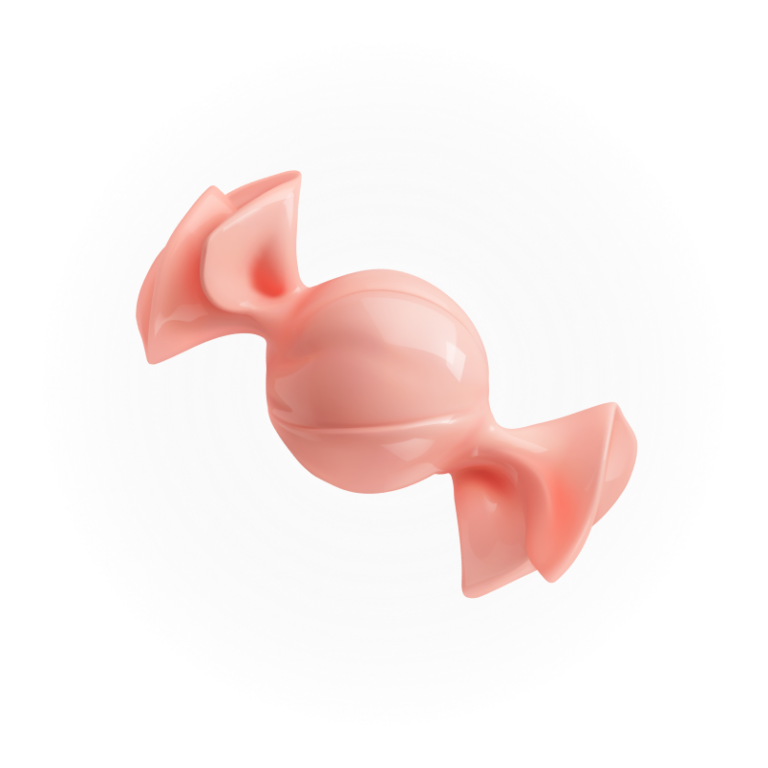
c. A packet of lollies
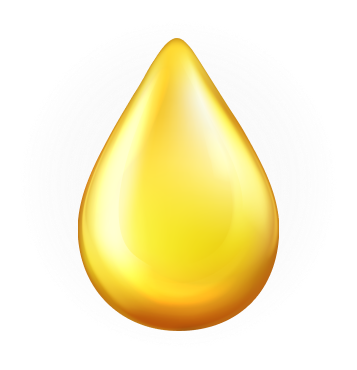
a. Saturated fats
b. Unsaturated fats
c. Trans fats
d. Hydrogenated fats

b. Unsaturated fats
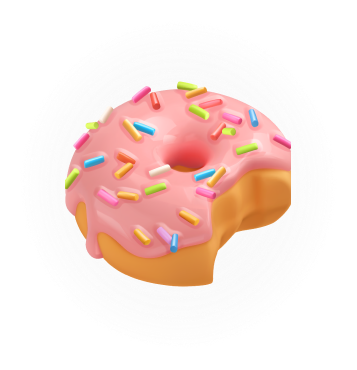
a. Grains
b. Fruits
c. Vegetables
d. Treats

d. Treats
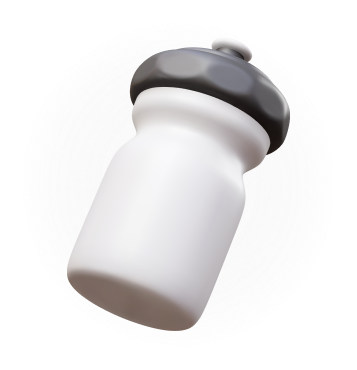
a. Soda
b. Fruit juice
c. Water
d. Energy drink

c. Water
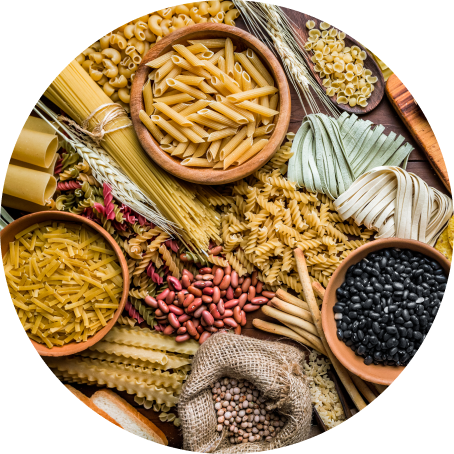
GO foods are grain foods such as rice and oats. They are also made from grains such as pasta, bread, and breakfast cereals. GO foods affect your blood glucose levels in different ways. GO foods are carbohydrates, or carbs for short. Making sure you have a healthy amount of GO foods at each meal is important. They stop blood glucose levels from getting too low and giving you a hypo. They give you energy and help your brain to think clearly.
